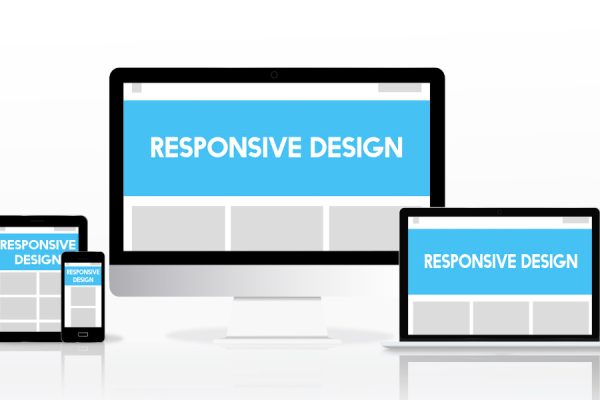
Reliable IT Support Services by Be Seen Limited
Reliable IT Support Services by Be Seen Limited – Reliable IT infrastructure plays a crucial role in the success of any business. Be Seen Limited offers tailored IT support services that ensure systems remain efficient, secure, and fully operational. With a strong team of professionals, the company provides expert solutions that address the unique technological challenges businesses face. To begin with, Be Seen Limited focuses on proactive support. The team actively monitors networks and systems to detect potential issues before they become critical problems. By addressing vulnerabilities early, they help clients prevent downtime and maintain smooth operations. This approach minimizes disruptions and supports business continuity. Moreover, Be Seen Limited provides both on-site and remote IT assistance. When a client experiences technical difficulties, the support team responds quickly. Technicians troubleshoot and resolve issues either remotely or by visiting the client’s premises, depending on the situation. Quick response times reduce delays and ensure businesses continue operating without interruptions. Additionally, the company offers comprehensive network setup and management. Strong networks enable efficient communication and data sharing within organizations. Be Seen Limited designs and installs customized network solutions that deliver reliable connectivity and high-speed performance. The team optimizes network security by implementing firewalls and encryption protocols, protecting businesses from cyber threats. Hardware & Software Alongside network services, Be Seen Limited assists with hardware and software management. The team evaluates a client’s requirements and recommends suitable hardware that aligns with business goals. After procurement, they handle installation and configuration, ensuring everything functions as intended. Furthermore, the company manages software installation, updates, and licensing, reducing the risk of compatibility issues and security vulnerabilities. Data protection remains a top priority. Be Seen Limited provides secure backup solutions and disaster recovery strategies that safeguard critical information. Regular data backups prevent loss during system failures or cyberattacks. In the event of data loss, the recovery process restores files swiftly, allowing businesses to resume operations with minimal downtime. Customer support stands at the core of Be Seen Limited’s service philosophy. The support team stays accessible 24/7, offering immediate assistance whenever an issue arises. Clear communication and detailed progress updates keep clients informed throughout the resolution process. Businesses can rely on this dependable support system to maintain confidence in their IT infrastructure. Furthermore, Be Seen Limited offers scalable solutions that grow with the client’s business. As businesses expand, their technology needs evolve. The team provides flexible IT services that adapt to these changing demands, whether businesses require additional servers, expanded networks, or advanced security systems. This adaptability ensures that clients receive long-term value and support. In conclusion, Be Seen Limited delivers professional IT support services designed to enhance productivity and protect critical systems. With proactive monitoring, responsive assistance, and scalable solutions, the company helps businesses focus on growth without worrying about IT-related disruptions. As a trusted partner in technology, Be Seen Limited empowers organizations to succeed in an increasingly digital world. Contact Us:Website: – Click HereWhatsApp | Call: +254 743 149 267 | + 254 738 352 258Email Address: info@beseenlimited.com | sales@beseenlimited.comFollow our IG: @Beseenlimited





